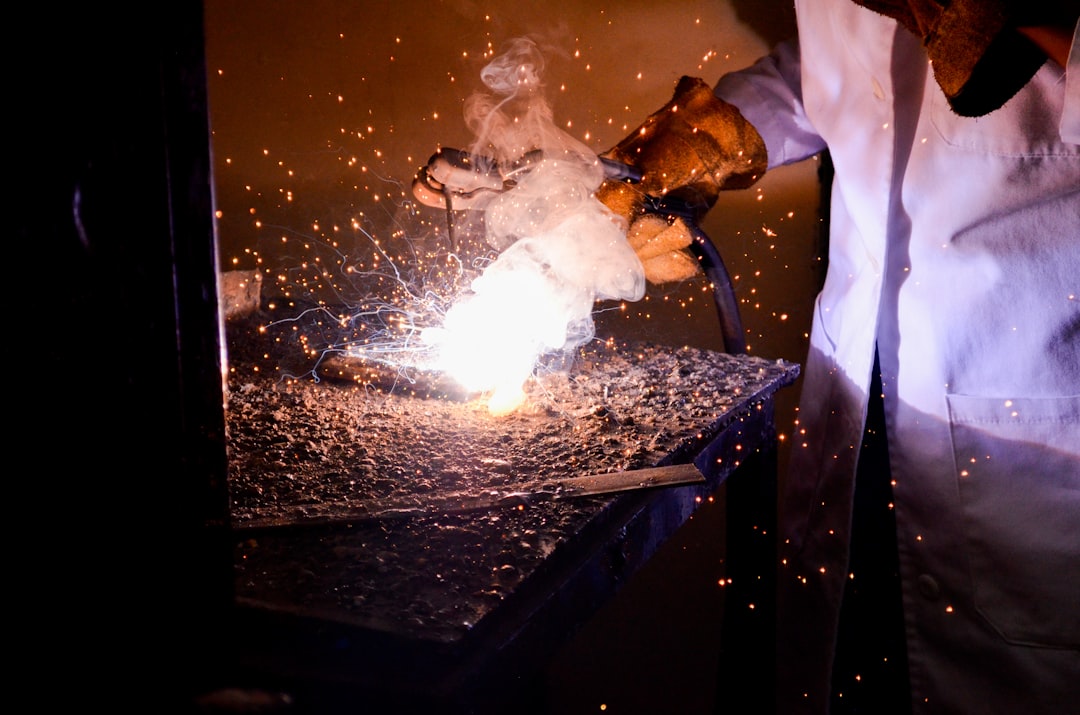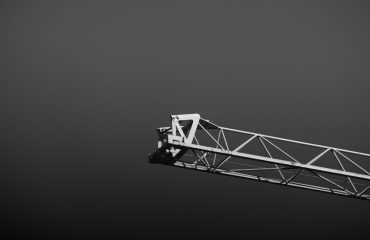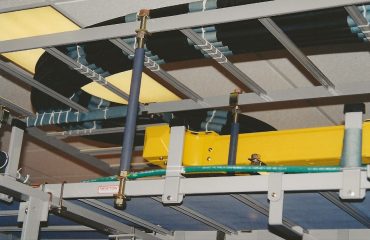The steel manufacturing industry is a cornerstone of modern infrastructure, but its inherent processes present significant occupational safety challenges. From the intense heat of furnaces to the weight of massive steel ingots, the potential for accidents is ever-present. This comprehensive guide explores crucial aspects of occupational safety in steel manufacturing, aiming to highlight best practices and emphasize the importance of proactive risk management.
1. Identifying and Assessing Hazards in Steel Mills
Hazard identification is the foundational step in any effective safety program. Steel mills present a diverse range of hazards, broadly categorized as:
- Physical Hazards: These include extreme temperatures (both high and low), noise pollution (from machinery and processes), vibration, moving machinery (cranes, conveyors, rolling mills), sharp edges and objects, heavy lifting, and confined spaces.
- Chemical Hazards: Exposure to various chemicals, including molten metal fumes, dusts (e.g., silica dust), gases (e.g., carbon monoxide), and cleaning agents, poses significant health risks. Proper ventilation and respiratory protection are critical.
- Biological Hazards: While less prominent than physical and chemical hazards, biological hazards like bacteria and mold can exist in areas with standing water or poor sanitation.
- Ergonomic Hazards: Repetitive motions, awkward postures, and forceful exertions contribute to musculoskeletal disorders (MSDs) among workers. Ergonomic assessments and job redesign are essential to mitigate these risks.
- Heat-resistant clothing: Protective suits, gloves, and footwear designed to withstand high temperatures are essential for workers near furnaces and molten metal.
- Respiratory protection: Respirators, ranging from simple dust masks to self-contained breathing apparatus (SCBA), are vital for protecting against harmful dusts, fumes, and gases.
- Eye and face protection: Safety glasses, goggles, and face shields protect against flying debris, molten metal splashes, and intense light.
- Hearing protection: Earplugs or earmuffs are necessary to mitigate noise-induced hearing loss in high-noise environments.
- Safety footwear: Steel-toe boots protect feet from falling objects and crushing hazards.
- Hard hats: Essential for protection against falling objects.
- Engineering controls: These are the most effective controls, aiming to eliminate or reduce hazards at their source. Examples include machine guarding, improved ventilation systems, and ergonomic workstation design.
- Administrative controls: These involve changes to work procedures, training programs, and supervision to reduce exposure to hazards. Examples include job rotation, work-rest schedules, and safety meetings.
- Personal protective equipment (PPE): As discussed earlier, PPE is a crucial last line of defense when other controls are insufficient.
- Lockout/Tagout procedures: These procedures are essential for preventing accidental energization of machinery during maintenance or repair.
- Permit-to-work systems: These systems control access to high-risk areas and ensure that appropriate safety measures are in place before work commences.
- Emergency escape routes: Clearly marked and well-maintained escape routes are essential for quick and safe evacuation.
- Fire prevention and suppression: Regular fire drills, appropriate fire extinguishers, and sprinkler systems are crucial for fire safety.
- First aid and medical response: Designated first aid stations, trained first aiders, and readily available emergency medical services are vital.
- Emergency communication systems: Clear communication channels, including alarms, sirens, and two-way radios, are essential for coordinating emergency response.
- Emergency response teams: Trained emergency response teams can handle specific emergencies, such as chemical spills or fires.
- Hazard communication: Providing clear information about workplace hazards to employees.
- Machine guarding: Ensuring that machinery is properly guarded to prevent accidents.
- Confined space entry: Establishing procedures for safe entry and work in confined spaces.
- Personal protective equipment (PPE): Requiring the use of appropriate PPE and ensuring its proper maintenance.
- Emergency response planning: Developing and implementing effective emergency response plans.
- Record-keeping: Maintaining accurate records of accidents, injuries, and safety inspections.
A thorough hazard assessment, ideally using a systematic approach like Job Safety Analysis (JSA) or HAZOP (Hazard and Operability Study), is crucial to prioritize risks and develop targeted control measures.
2. Personal Protective Equipment (PPE) in Steel Manufacturing
Personal Protective Equipment (PPE) is a critical last line of defense against workplace hazards. The specific PPE required varies depending on the task and the identified hazards. Common PPE in steel mills includes:
Regular inspection and maintenance of PPE are vital to ensure its effectiveness. Proper training on the correct use and limitations of PPE is equally crucial.
3. Implementing Effective Risk Management Strategies
Risk management involves identifying, assessing, and controlling hazards to minimize the likelihood and severity of accidents. Key strategies include:
Regular reviews of risk assessments and safety procedures are necessary to adapt to changing conditions and technological advancements.
4. Emergency Procedures and Response in Steel Mills
Effective emergency response plans are critical for minimizing the consequences of accidents. Key elements include:
Regular training and drills are crucial to ensure that employees are familiar with emergency procedures and can respond effectively in case of an incident.
5. Compliance with Safety Regulations and Standards
Steel manufacturers must comply with a range of national and international safety regulations and standards. These regulations often cover aspects such as:
Staying updated on relevant regulations and standards is crucial for ensuring compliance and minimizing legal liabilities.
Implementing a robust occupational safety program in steel manufacturing requires a multifaceted approach, involving commitment from management, active participation from employees, and continuous improvement. By prioritizing safety, steel mills can create a safer and more productive work environment for all.
Tags: steel manufacturing safety, occupational safety, steel mill safety, industrial safety, workplace safety




